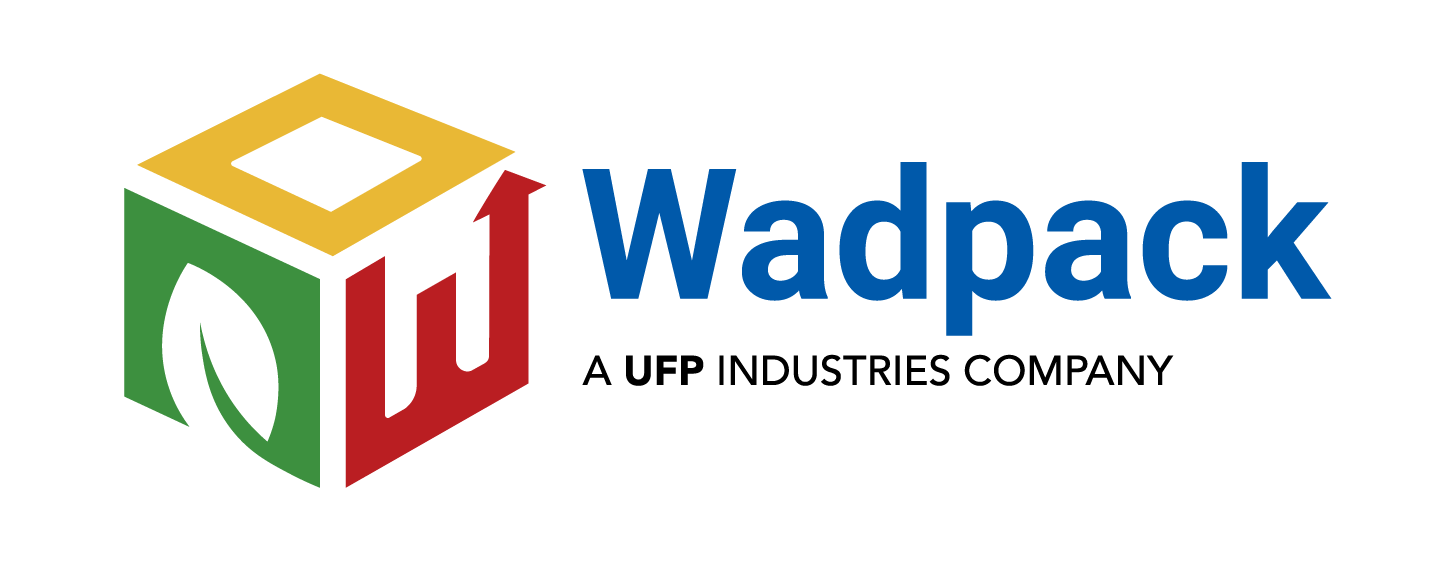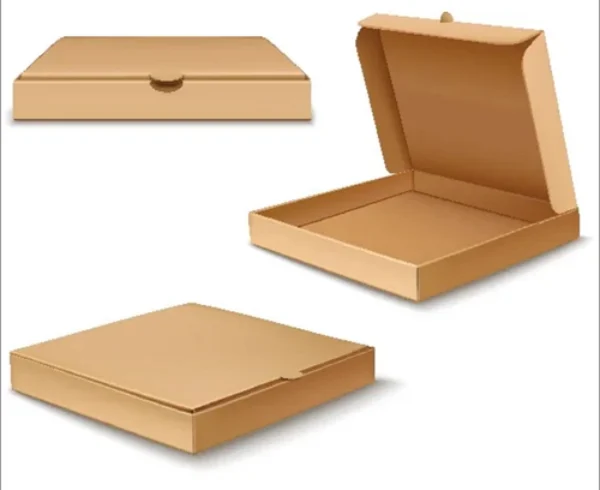Corrugated Box Flute Types
- Single Face: Single face corrugated consists of one liner attached to one corrugated medium. It offers minimal protection and is primarily used for wrapping and cushioning fragile items.
- Single Wall: Single wall corrugated has one liner attached to a corrugated medium, creating a standard cardboard box. It provides moderate strength and is commonly used for packaging various products.
- Double Wall: Double wall corrugated consists of three layers – two liners and one corrugated medium. This type offers enhanced durability and is ideal for heavy or fragile items requiring extra protection during shipping.
- Triple Wall: Triple wall corrugated is the strongest option, comprising three liners and two corrugated mediums. It provides maximum strength and is suitable for extremely heavy or large items, often used in industrial applications.
- Micro Flute: Micro flute corrugated features tiny flutes that are closer together, creating a smooth surface. It is often used for retail packaging due to its printability and lightweight nature.
- Mini Flute: Mini flute corrugated has smaller flutes than standard corrugated boxes, offering a balance between printability and strength. It is often used for point-of-purchase displays and packaging.
- Macro Flute: Macro flute corrugated has larger flutes, making it suitable for heavy-duty packaging and palletizing due to its excellent stacking strength.
- Honeycomb: Honeycomb board consists of a core structure resembling a honeycomb. It is exceptionally strong, lightweight, and eco-friendly, making it ideal for protecting delicate or high-value items during shipping.
Each corrugated box flute type serves specific packaging needs, with varying degrees of strength, durability, and printability, allowing businesses to choose the most suitable option for their products and shipping requirements.
Also Read: What are Corrugated Honeycomb Products?
Sizes Of Corrugated Box Fluting
Corrugated box fluting comes in various sizes or flute profiles, each with its own characteristics and applications. Here are some common sizes of corrugated box fluting:
- A-Flute: A-flute is the largest flute size, with approximately 33-36 flutes per foot. It provides excellent cushioning and is often used for packaging fragile items or products requiring extra protection during shipping.
- B-Flute: B-flute is smaller than A-flute, with approximately 47-50 flutes per foot. It offers a balance between strength and cushioning and is commonly used for packaging applications where space and weight considerations are important.
- C-Flute: C-flute is one of the most common flute sizes, with around 39-43 flutes per foot. It provides good stacking strength and is suitable for a wide range of packaging applications, including shipping boxes and retail packaging.
- E-Flute: E-flute is a fine flute size with approximately 94-96 flutes per foot. It offers a smooth surface for high-quality printing and is often used for packaging products where a polished appearance is essential, such as cosmetics and electronics.
- F-Flute: F-flute is even finer than E-flute, with around 125-130 flutes per foot. It is known for its extremely smooth surface and is typically used for packaging applications requiring intricate printing or die-cutting, like point-of-purchase displays and small retail packaging.
- Micro Flute: Micro flute corrugated boards have even smaller flutes than the standard sizes, making them suitable for lightweight packaging and high-quality printing in retail and promotional materials.
- Mini Flute: Mini flute corrugated falls between micro and standard flutes in terms of size and is often used for packaging applications that require both strength and printability, such as shelf-ready packaging.
- Macro Flute: Macro flute corrugated boards have larger flutes than standard sizes, offering enhanced stacking strength and durability. They are suitable for heavy-duty packaging and palletizing.
Also Read: Different types of honeycomb paper products
FAQs
What is corrugated box fluting?
Corrugated box fluting refers to the wavy, ridged layer of material within corrugated cardboard. It plays a crucial role in the strength, cushioning, and printability of cardboard boxes.
How many common corrugated box fluting sizes are there?
There are five common corrugated box fluting sizes: A, B, C, E, and F. Additionally, there are micro, mini, macro flutes, and honeycomb board, each with unique characteristics.
What is A-flute used for?
A-flute is the largest flute size and is ideal for packaging fragile items that require superior cushioning and protection during shipping.
When should I choose B-flute for packaging?
B-flute offers a balance between strength and cushioning. It is suitable for applications where space and weight considerations are important.
What are the advantages of C-flute corrugated board?
C-flute is one of the most common flute sizes, providing good stacking strength and versatility. It’s used for a wide range of packaging, including shipping boxes and retail packaging.
What is the primary application of E-flute corrugated board?
E-flute, with its fine flute size, is known for its smooth surface and is often used for packaging products requiring high-quality printing, such as cosmetics and electronics.
When should I consider using F-flute corrugated board?
F-flute is exceptionally fine and offers an extremely smooth surface. It’s ideal for intricate printing and die-cutting, making it suitable for point-of-purchase displays and small retail packaging.




Leave a Comment